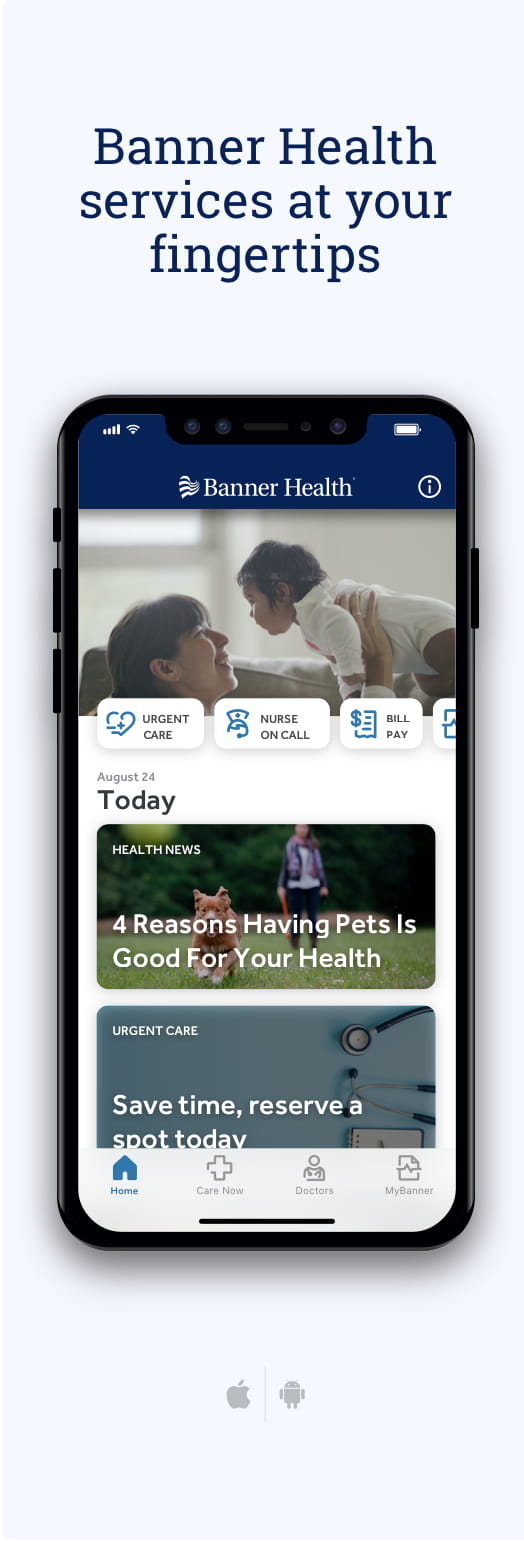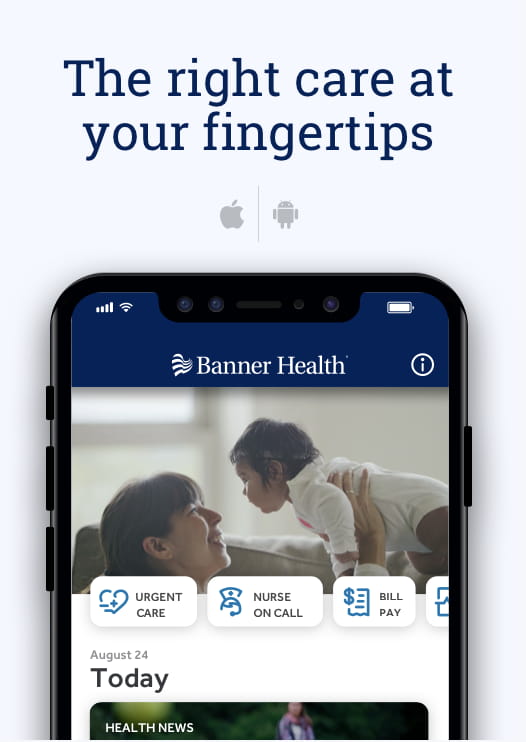If you’ve ever suffered a back injury or have chronic back pain, you may realize how much you rely on a strong, healthy back to do just about anything. And back injuries are common. “At any given time, about 25% of people report experiencing low back pain in the last three months,” said Patricia O'Driscoll, a physical therapist with Banner Health.
Back pain is one of the top reasons people see a physical therapist. This can be a good place to start if you have back pain as it can cost the economy billions of dollars due to health care costs, missed workdays and lost wages. Studies showed that seeking physical therapy as your first point of care for back pain significantly reduces the use of imaging services such as CT scans and emergency room visits. It also reduces your chances of receiving an opioid prescription by 87%, which is substantial considering more than half of people with chronic back pain have opioid prescriptions.
But your best bet is to take steps to avoid back pain in the first place. “Avoiding injury is always the goal, and the top things you can do are to move your body and stay hydrated,” O’Driscoll said.
Here are a few steps you can take to keep your back healthy and safe.
1. Drink plenty of water
“Hydration plays a huge factor in your body’s health,” O’Driscoll said. That’s especially true for your back—a spinal disc is made up of almost 90% water.
You don’t necessarily need eight glasses of water a day—the math is a little more complicated than that, depending on factors like how active you are, how much you sweat and how much caffeine you drink. But make water your primary source of fluid intake—add lemon or lime juice or fruit slices for flavor if you like. And reach for plenty of vegetables and fruits, since many contain a lot of water.
2. Get the restorative sleep you need
If you have back pain, you may need to try a different sleeping position to get comfortable. You may want to sleep on the floor or in a recliner, especially if your mattress is too soft. Pillows can also help. You can place one between your knees if you sleep on your side, under your knees if you sleep on your back, or under your pelvis if you sleep on your stomach. “As your symptoms improve, you should get back to sleeping the way you normally do,” O’Driscoll said.
You might think you need a new mattress, but O’Driscoll recommends trying research-backed ways of improving your sleep first. That means going to bed and waking at the same times every day, using your bedroom only for sleep and sex, and keeping your bedroom cool, dark and quiet.
3. Exercise to strengthen your back
Your core is made up of quite a few muscles that extend from your lats to your abdominals and obliques and down to your glutes. These core muscles work together so you can rotate; bend forward, backward and sideways; and combine these movements, such as when you lean forward and rotate.
“People often train their core with a neutral spine, when in reality, it is meant to move in multiple directions, and it needs to be strong in all these motions. This is often why you injure yourself. You move your body in a way you didn't train, and you exceed your body’s capacity and cause an injury,” O’Driscoll said. Here are a few core exercises to try if you’re older or new to strengthening your back.
4. Give your body a chance to move
Whether you’re working from home on a couch or bed, sitting behind a desk or standing at a checkout desk, you need to move around. “The best thing you can do for your body is to move it every hour. If you have a smartwatch, there’s a reason it makes a fuss at you every hour if you’ve been sitting,” O’Driscoll said. “It tells you to get up and move. Your body is designed to move, and it needs to move to its full capacity.”
Daily exercise or physical activity can also help. Forms of exercise such as yoga, Pilates and martial arts such as tai chi can help build strength and flexibility in your back.
5. Go barefoot when you can
There’s conflicting advice out there about whether you should wear shoes or not and O’Driscoll is in the no-shoes camp. “I realize this may be hard for some people and might not be allowed throughout your workday. But as much as you can, be barefoot. Our feet are incredibly strong and being in shoes limits our ability to move our feet and decreases our sensation,” O’Driscoll said. Strong feet can help support your back and it starts in infancy.
Of course, going barefoot all the time isn’t an option for most people. When you need to wear shoes, most of the time, choose supportive shoes that fasten across the instep when you walk. Shoes like heels and flip-flops are fine on occasion.
6. Take care when you lift and carry things
O’Driscoll recommends holding anything you need to carry close to your body to make it easier. Although you’ve probably heard the old adage, “lift with your legs, not with your back,” lifting in whatever way feels best for you is more important than worrying about proper posture during heavy lifting. “Your core is always working when you bend over, walk or move. There is no one correct way to bend over,” she said.
The bottom line
Back pain is a common complaint, and it can keep you from the activities you enjoy. But taking steps to care for your back can help keep it strong and healthy so you can live an active life. If you would like to connect with an expert who can advise you on how to keep your back healthy, reach out to Banner Health.


